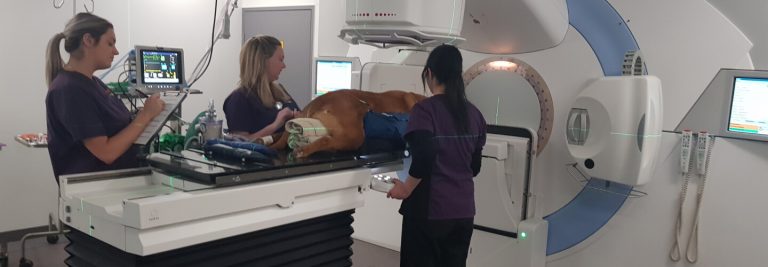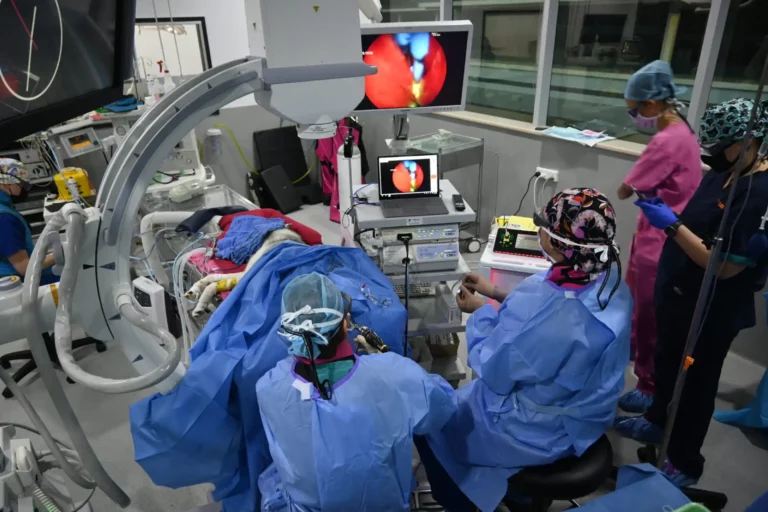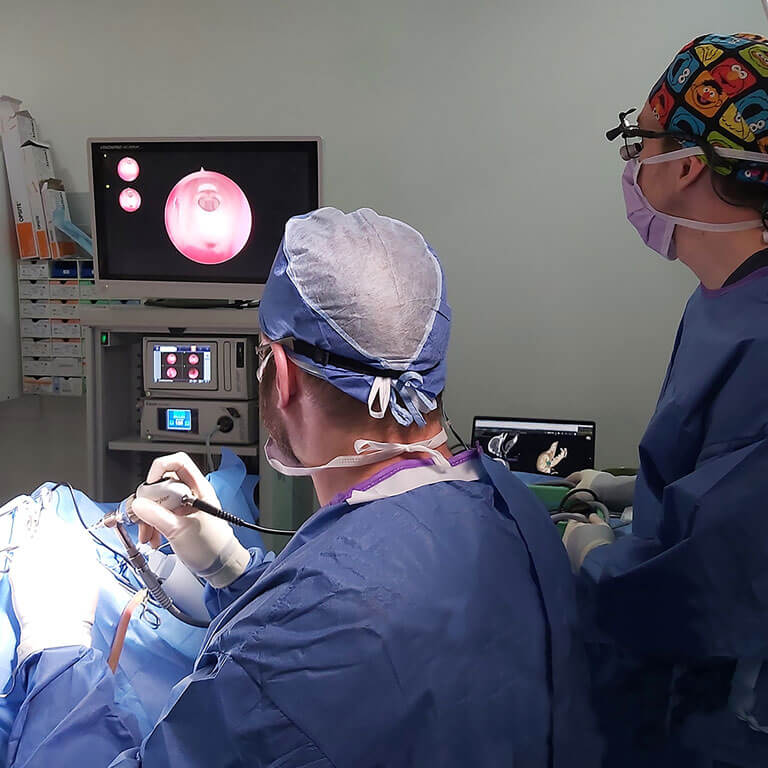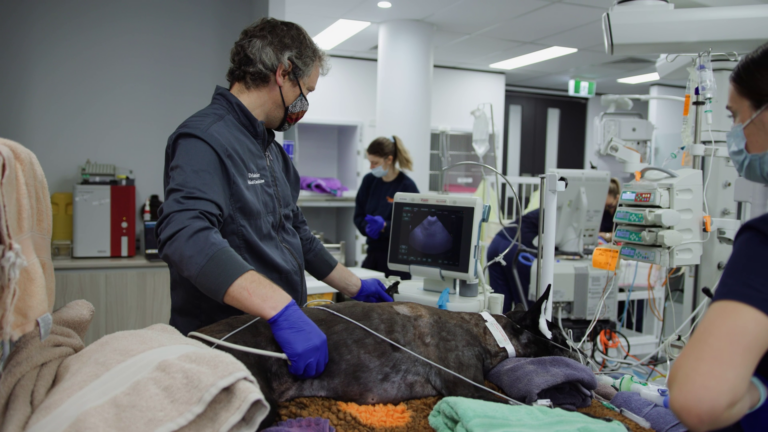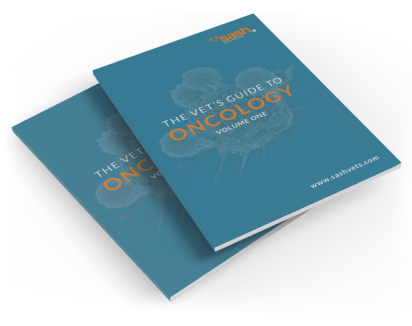There are many good references to help veterinarians manage cats with CKD.
The following are freely available online:
The IRIS (International Renal Interest Society) has a website with both staging and treatment guidelines and a newly added client information section
Staging: http://www.iris-kidney.com/guidelines/staging.html
Treatment: http://www.iris-kidney.com/guidelines/recommendations.html
International Society for Feline Medicine:
Consensus guidelines on diagnosis and treatment of hypertension
https://journals.sagepub.com/doi/full/10.1177/1098612X17693500
International Society for Feline Medicine:
Consensus guidelines on the diagnosis and management of feline chronic kidney disease
https://journals.sagepub.com/doi/full/10.1177/1098612X16631234
However, the sheer volume of guidelines and consensus statements can be daunting on a busy day when you are caring for many different patients. The following is a checklist we sometimes use to help optimise the treatment for cats with stable CKD:
- Acute versus chronic: Common causes of acute kidney injury or acute on chronic kidney disease include ureteral obstruction and dehydration due to bowel disease. It is important to differentiate these patients because acute kidney injury may improve with time and treatments such as angiotensin converting enzyme inhibitors (ACEi) or renal prescription diets may be contraindicated. Every cat with newly diagnosed CKD or with an acute deterioration of their renal function should be offered a urine culture and abdominal ultrasound to assess for a ureteral obstruction.
- Diet: Rule of thumb: prescription diet tinned > prescription diet dry > tinned food any brand > dry food maintenance. For many patients, dietary control of their concurrent disease takes priority. As an example, many cats with chronic enteropathies can be managed with a hypoallergenic diet with the addition of a phosphate binder. It is easier to introduce renal diets to animals with early renal disease who still have a good appetite. It is very difficult to change the diet when the animal feels unwell and should not be attempted whilst in hospital.
- Blood pressure Treat hypertension if systolic blood pressure > 160 mm Hg (Doppler). For most cats, amlodipine is the first line medication. A dose of 0.625 to 1.25 mg per cat daily is effective for most cats. Unless the hypertension is severe (retinal damage, SBP > 200 mmHg), confirm the hypertension is present on at least two checks (1-2 weeks apart) before committing the cat to a lifelong treatment.
- Appetite stimulant if required: Start with mirtazapine at 1.88 mg per cat q 48 hours.
- Phosphorus control: Note the IRIS guidelines target phosphorus < 1.5 mmol /L (stage 2) and 1.6mmol/L (stage 3 disease). This is within the current reference interval for normal phosphorus concentrations. Options include aluminium hydroxide, lanthanum and calcium carbonate. If using calcium carbonate, check calcium concentration. Doses will need to be titrated up as the disease progresses. Remember phosphate binders should be given in/with food.
- Check UPC: Use anti-proteinuric treatments (ACE inhibitor or angiotensin receptor blockers ARBs) if UPC > 0.4 and consider anti -proteinuric treatment if UPC between 0.2-0.4. Do not administer either ACE inhibitors or ARB to cats that are dehydrated or inappetent. Best given when animals are “happy, healthy, eating and at home”.
- Hydration: We are aiming for optimal ie normal hydration. Over hydration is not better than dehydration. Subcutaneous fluids are best reserved for animals with suspected dehydration from increased losses (eg diarrhoea) or reduced intake (eg periods of inappetence).
- Urine culture: This is a complex subject for which we current lack enough evidence to make definitive recommendations. Until further studies are available, I recommend urine cultures for all newly diagnosed and acutely deteriorating cats with CKD as well as any cat showing signs of a systemic disease (fever, abdominal pain) or lower urinary tract signs. In the absence of the above clinical signs, I no longer recommend routine urine cultures in cats with CKD.
- Anaemia: Consider darbepoetin once the haematocrit is < 20%. The standard dose is 1 µg/ cat weekly. Iron supplementation (+/- cobalamin) should be considered at the beginning of the treatment but take care not to over supplement with iron as anaemia of chronic inflammation is associated with a relative (not absolute) iron deficiency and iron supplementation could result in iron overload.
- General anaesthesia: Take care to minimise anaesthesia and heavy sedation as cats with CKD are prone to hypotension which can be difficult to manage, is often not fluid responsive and potentially causes further renal damage.
